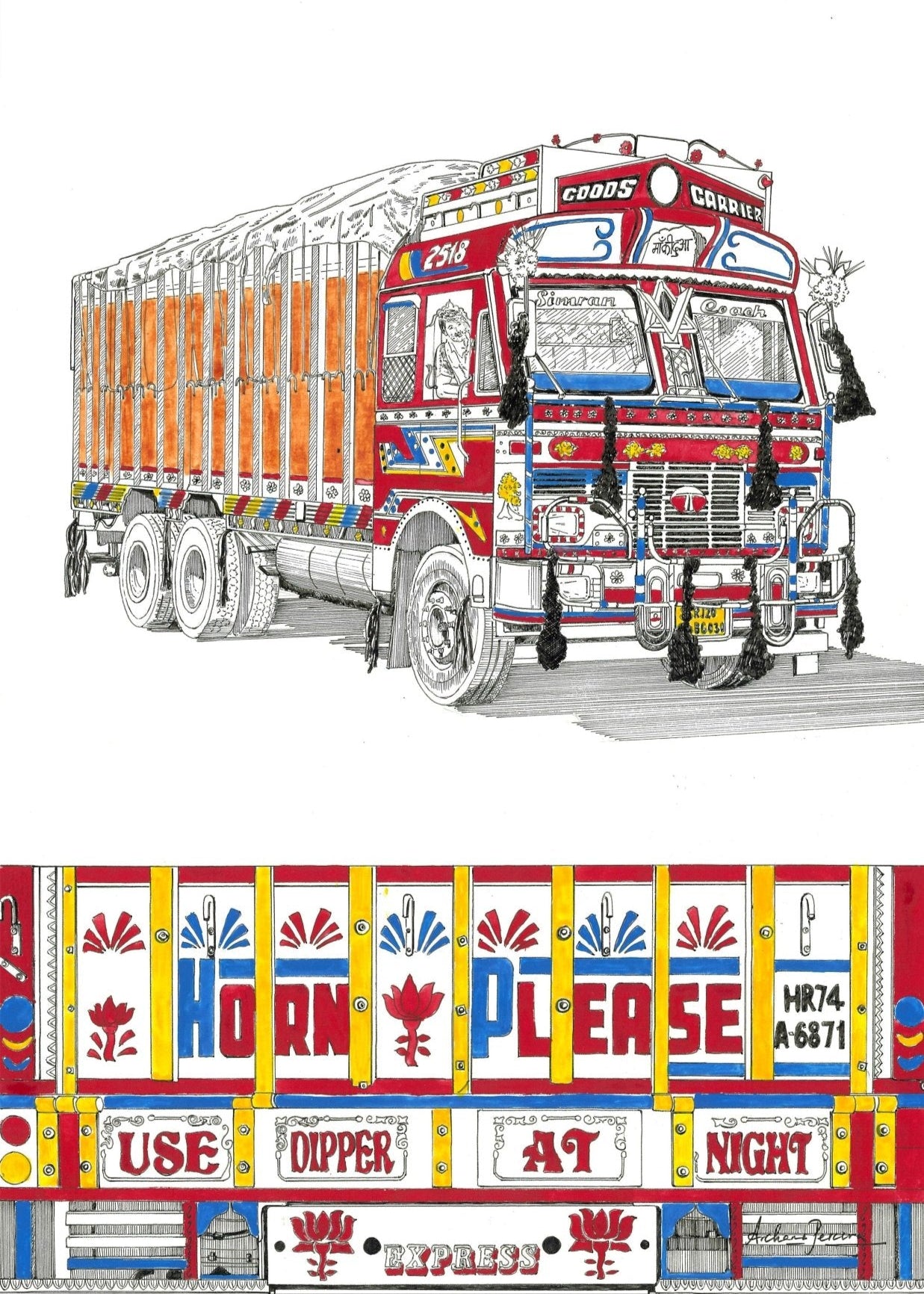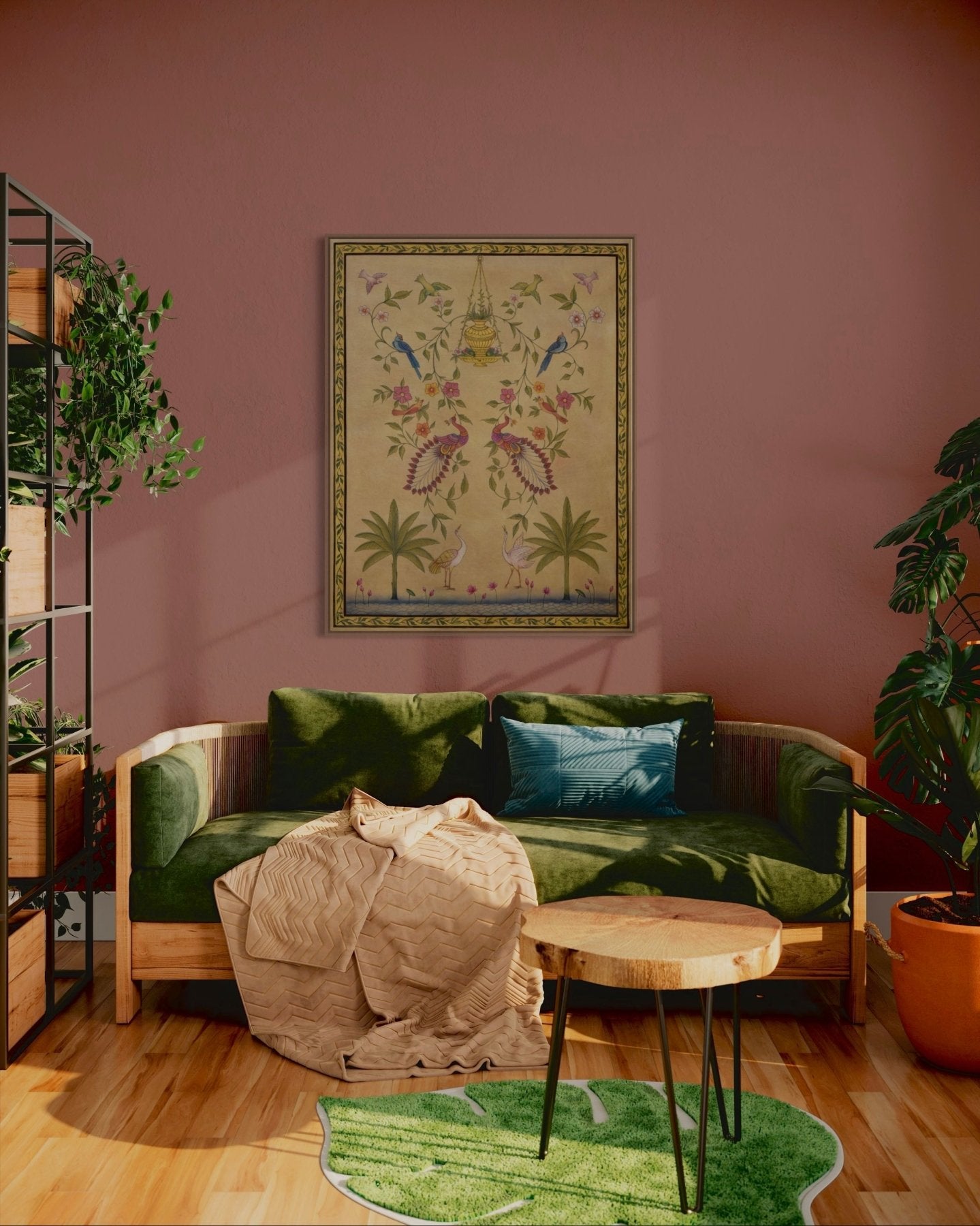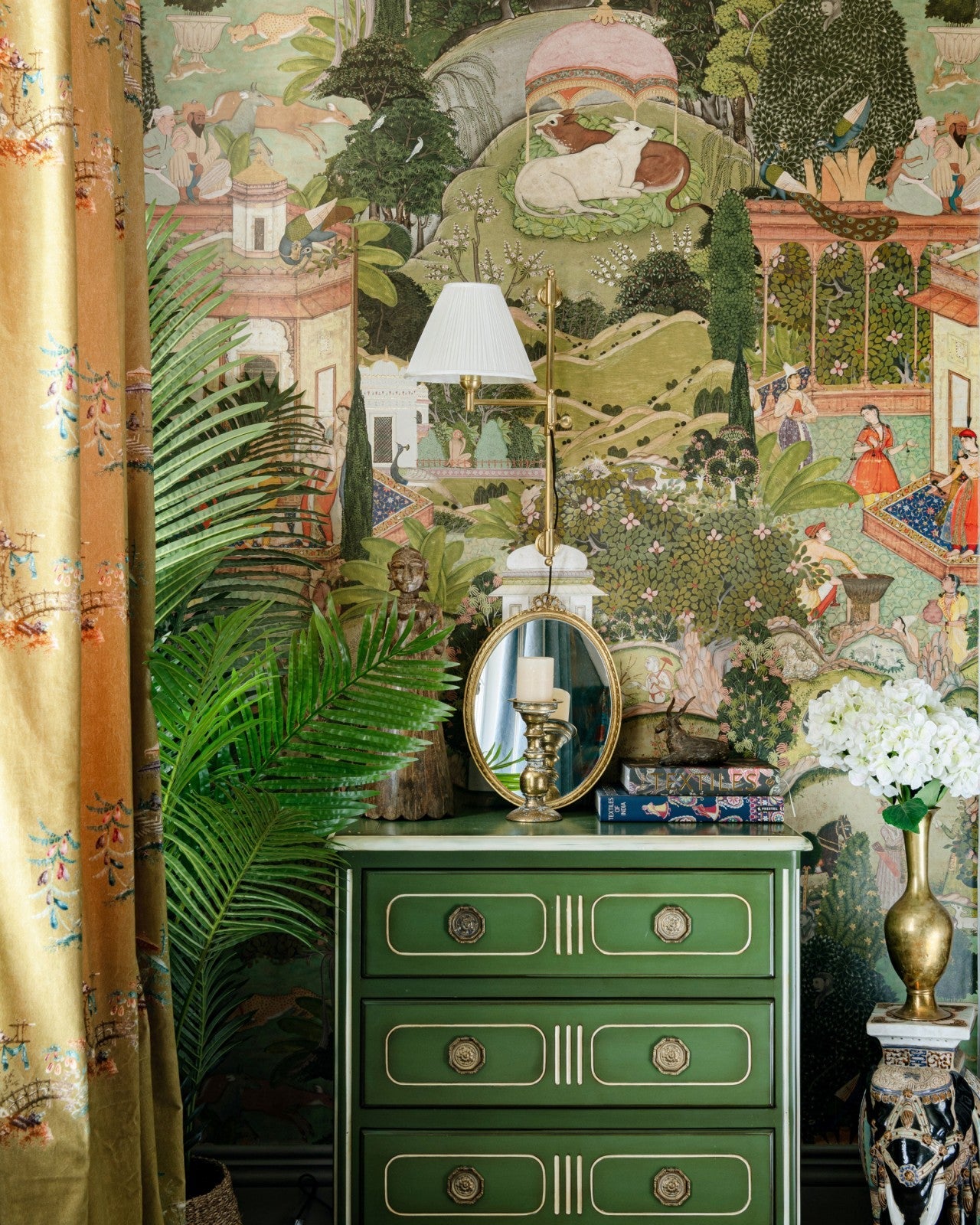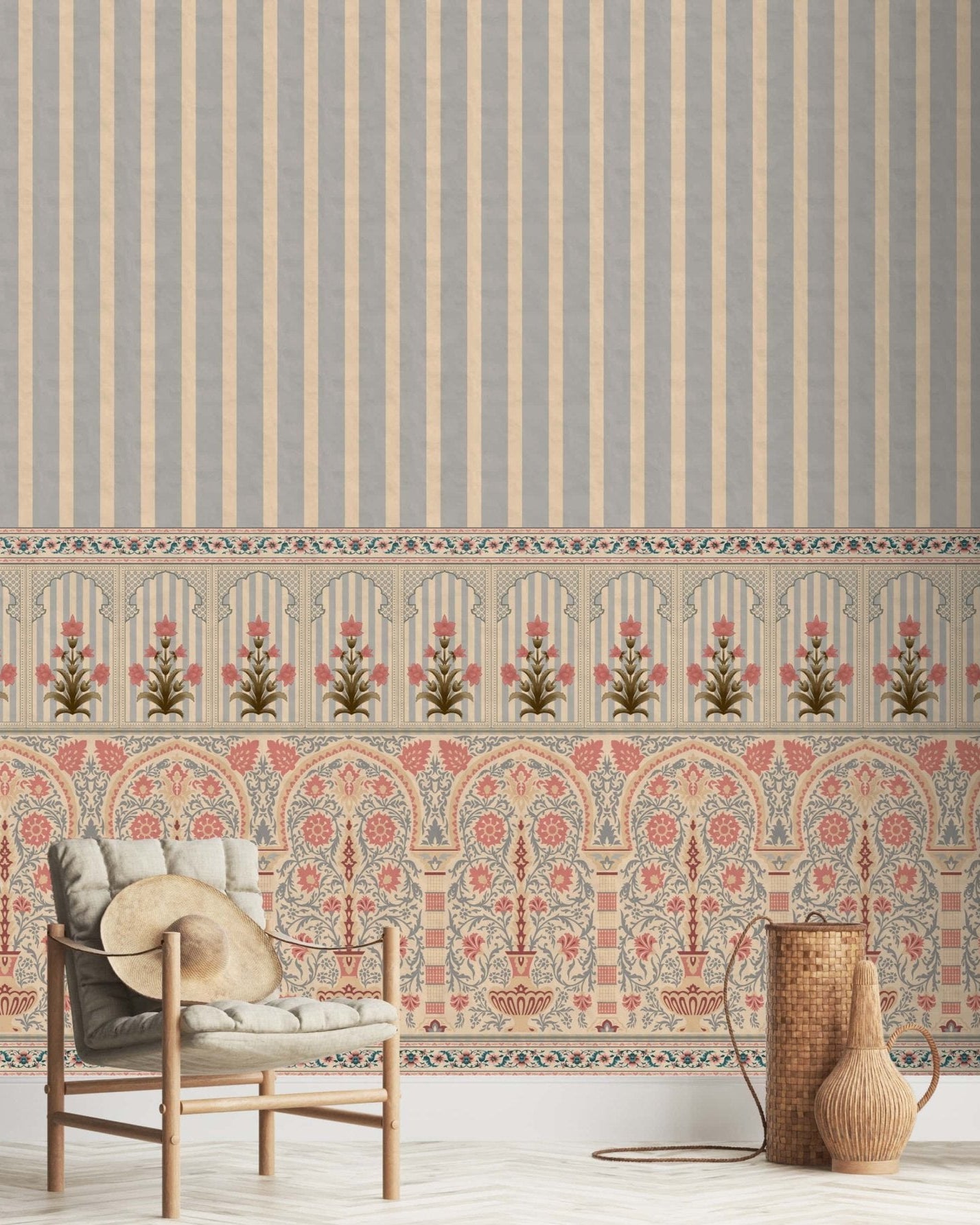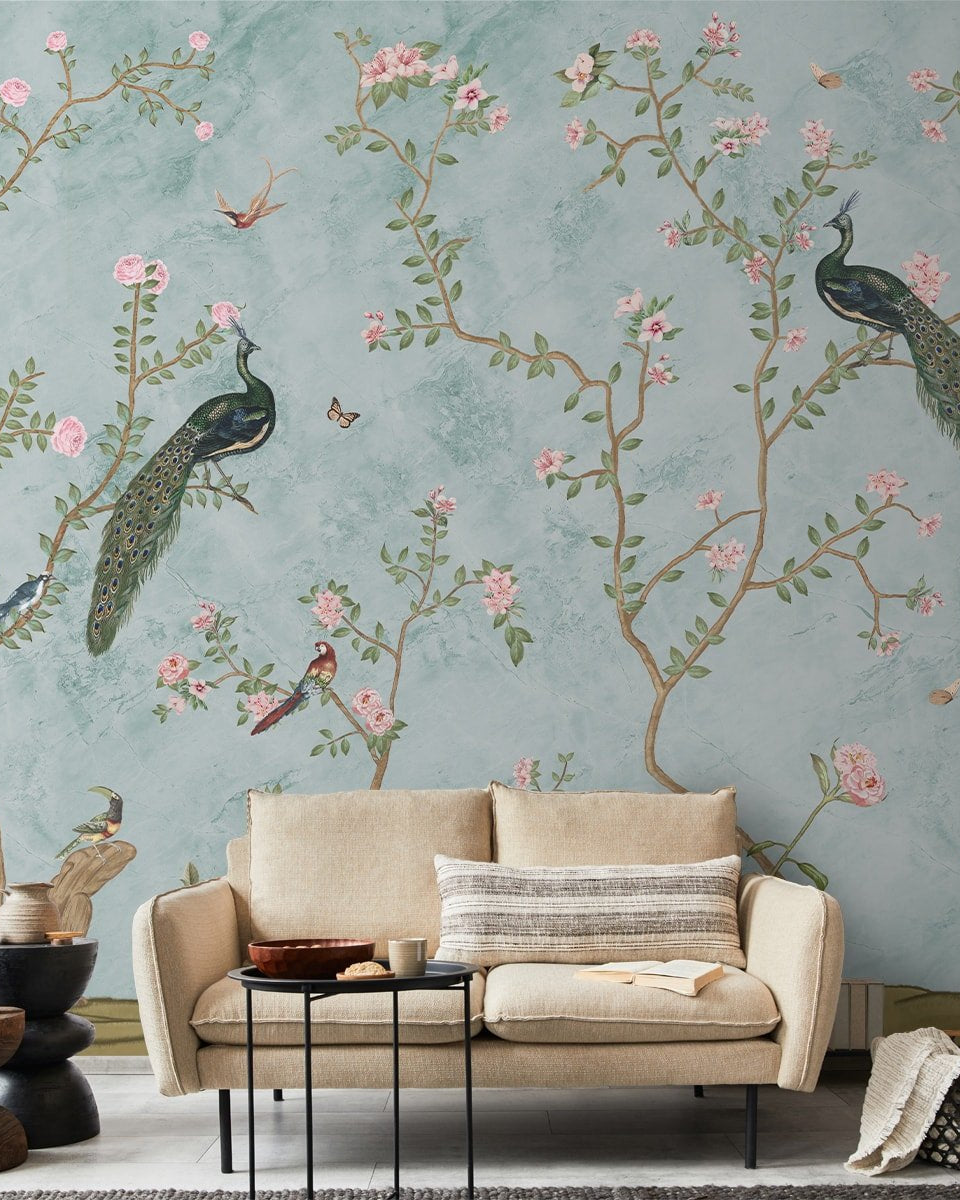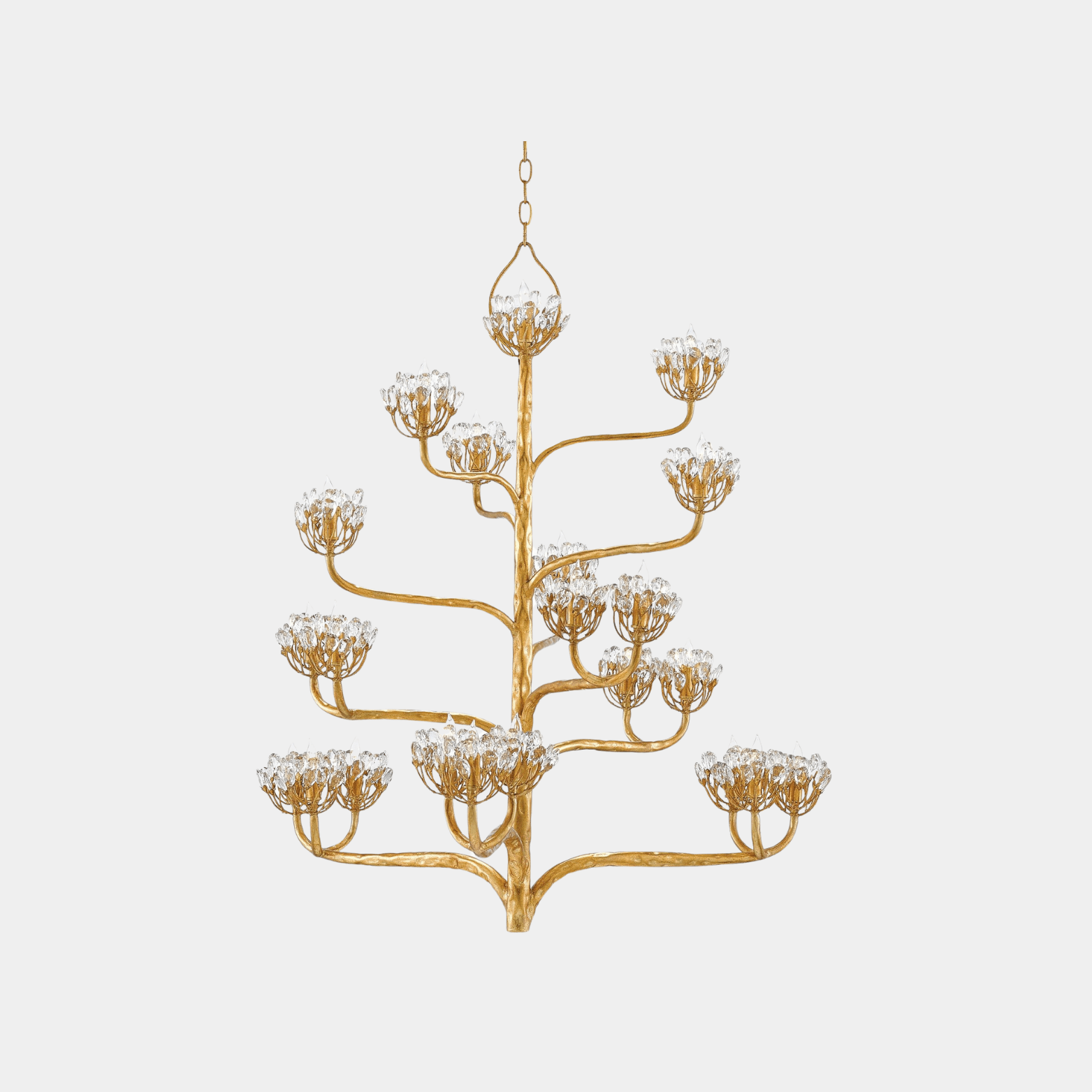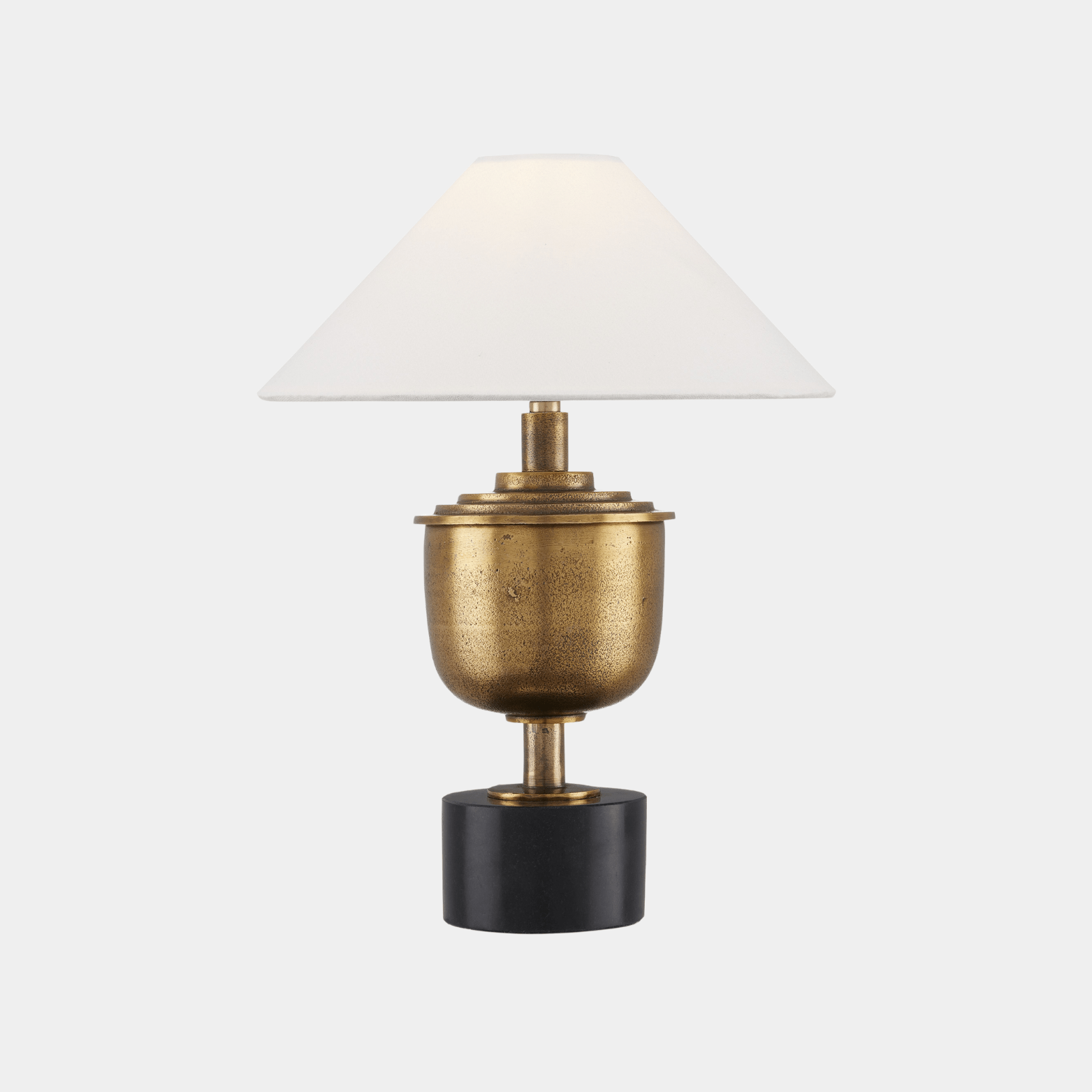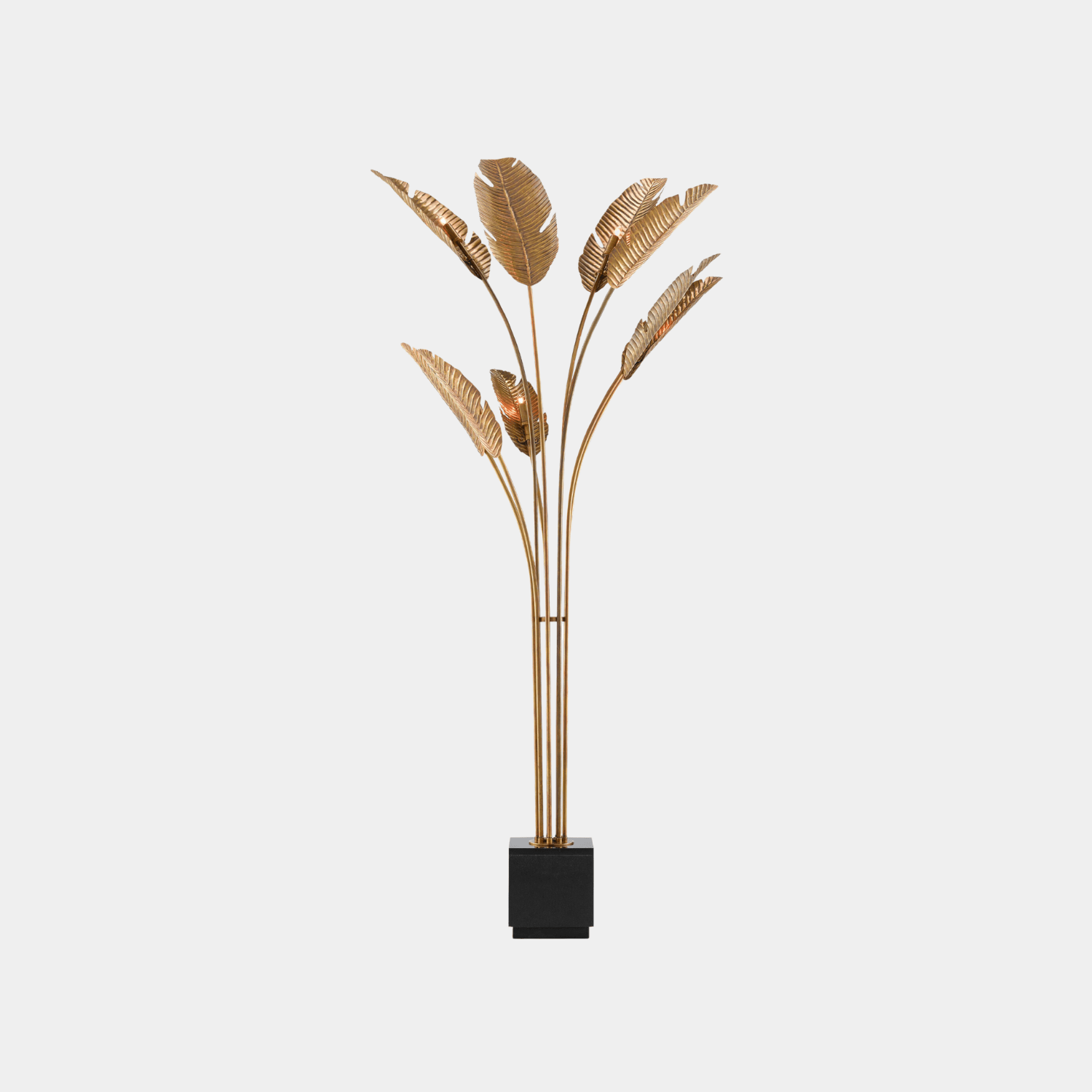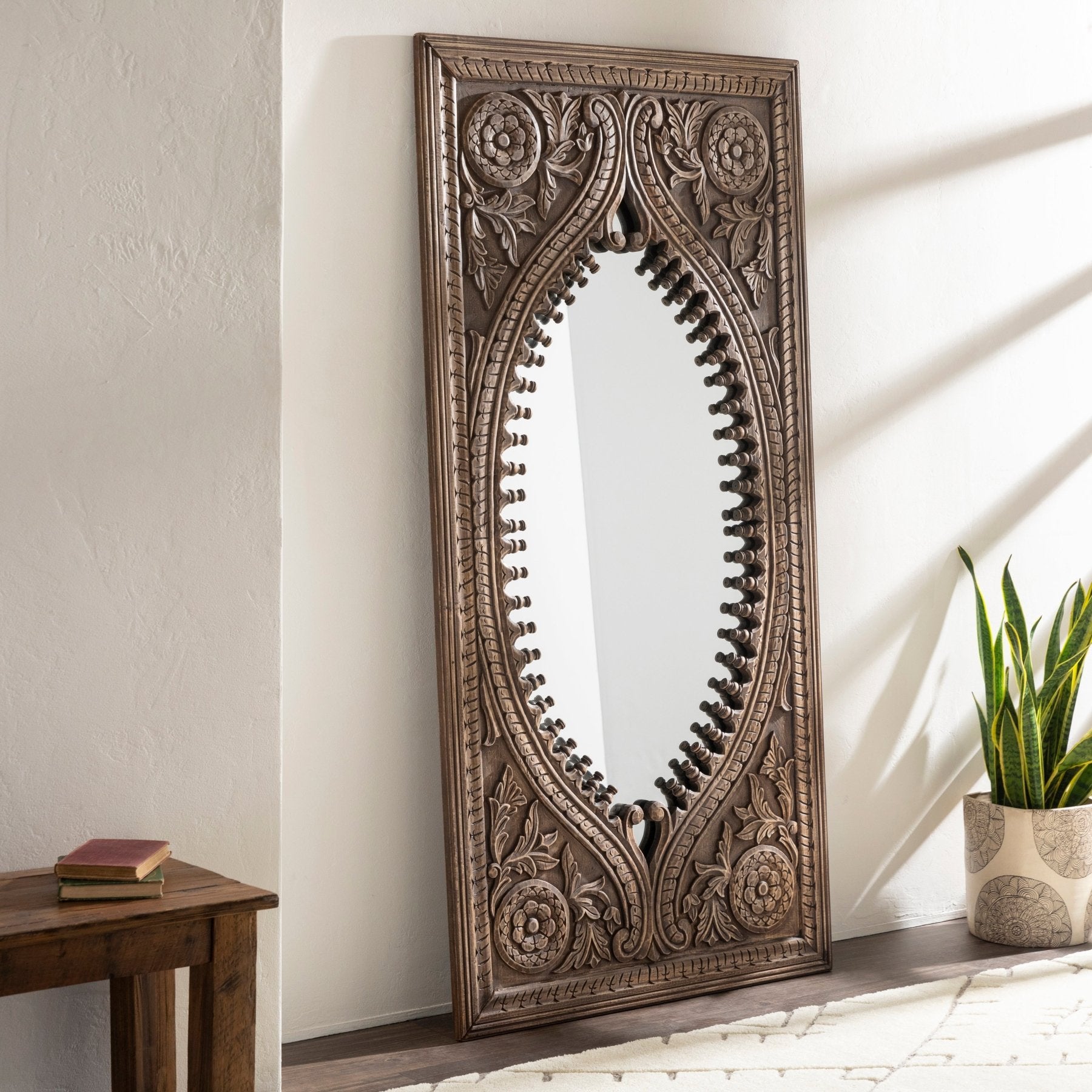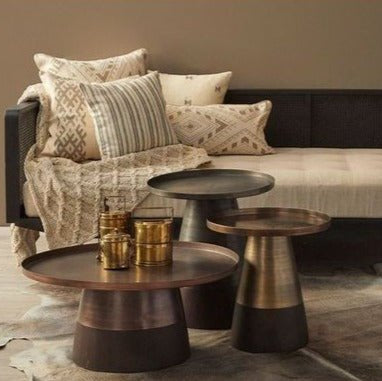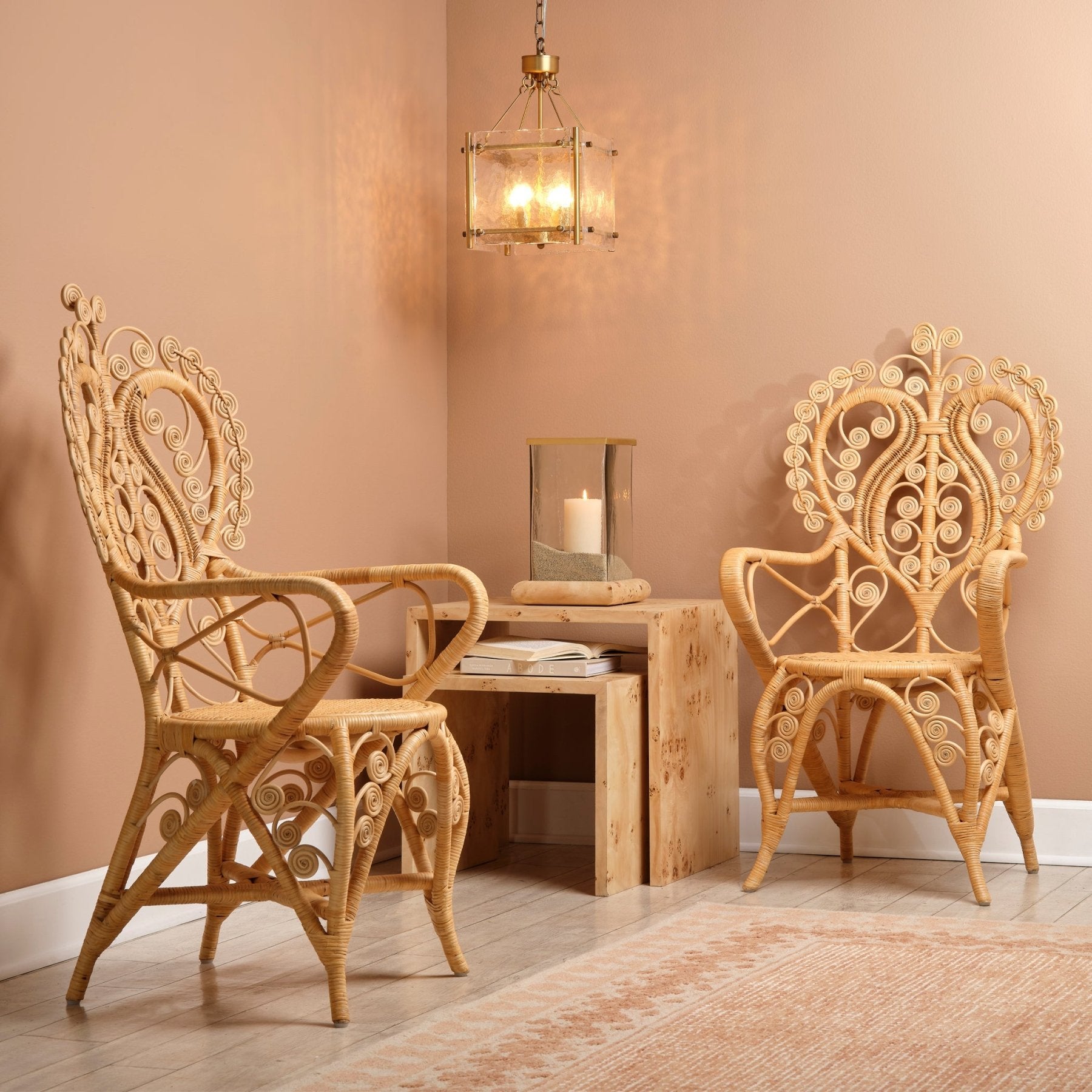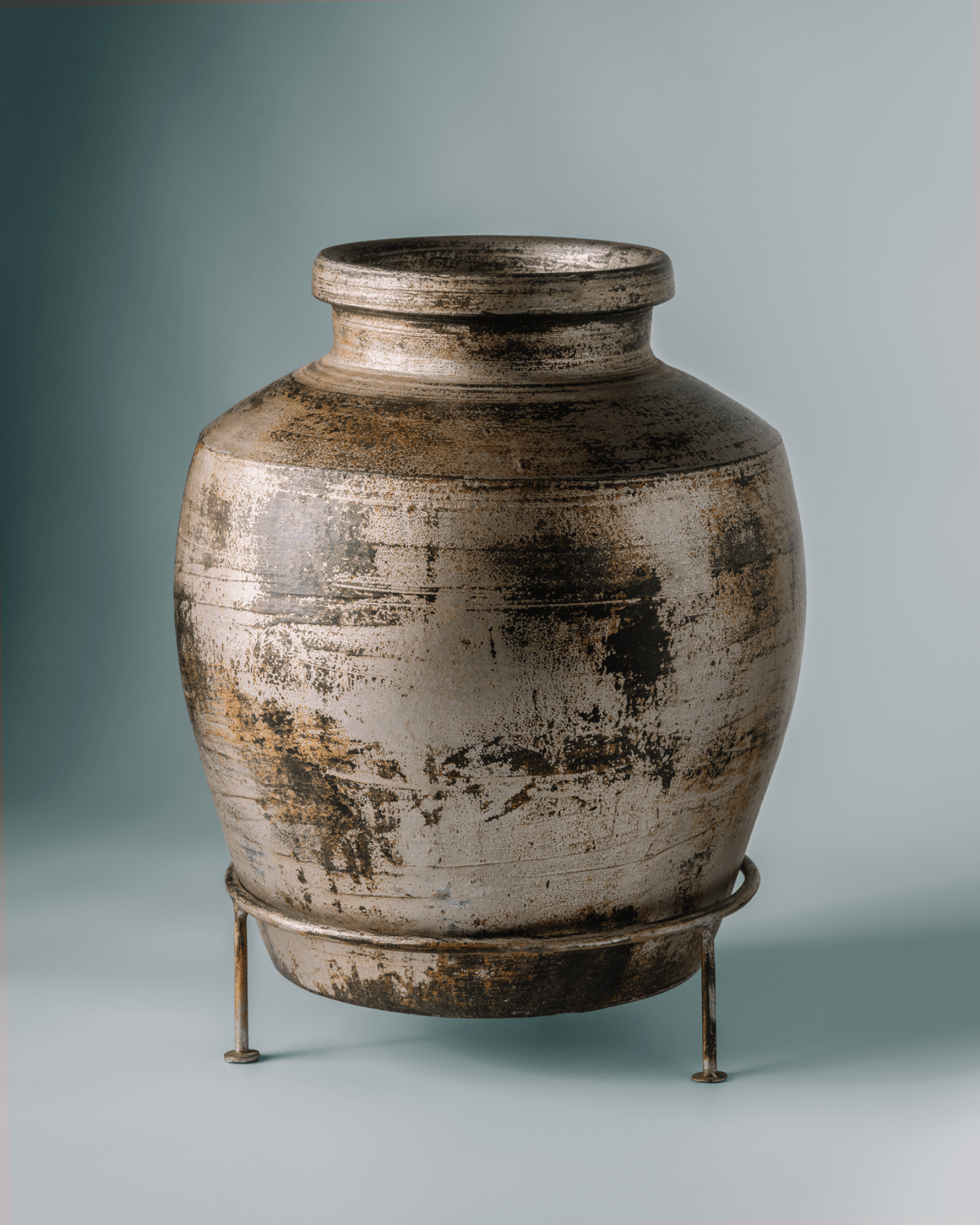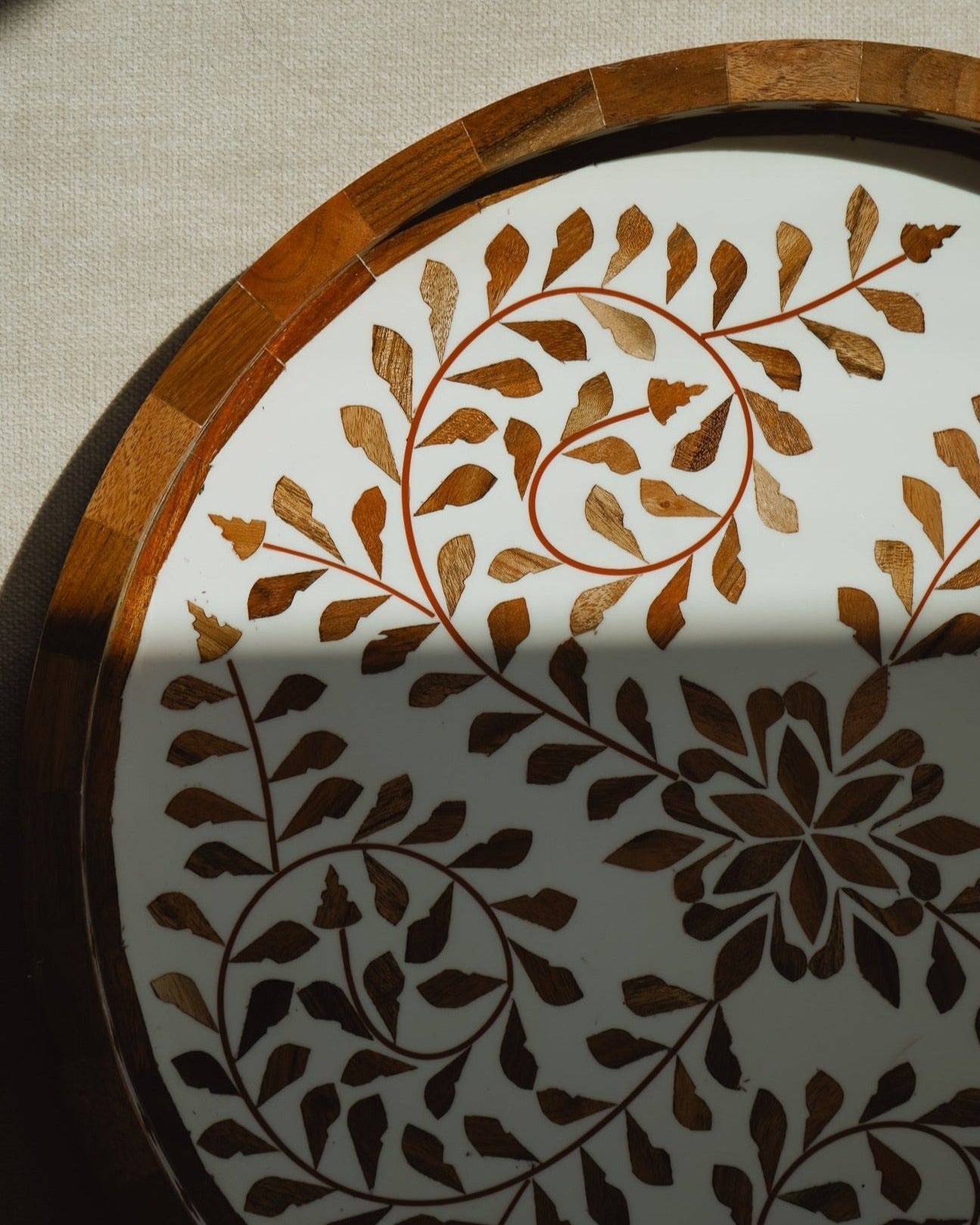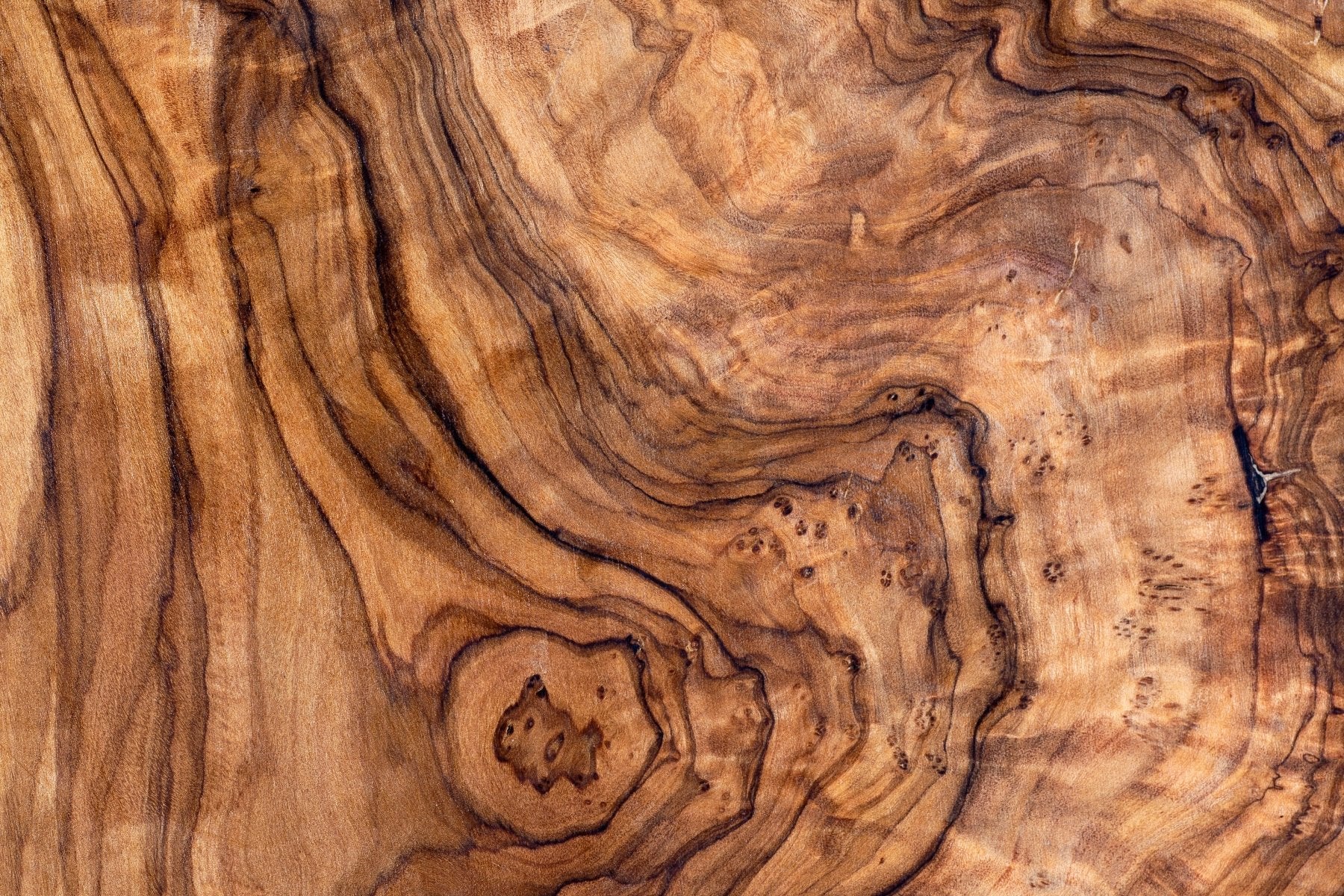Using natural materials is a core value for all our products at Marble Lotus. South Asian culture has been known for respecting nature’s process for ages. From Ayurveda to organic food, South Asia has always championed using and reusing natural products. Now we want to bring that into our homes as well.
In recent years, there has been a growing trend towards using natural materials in western home decor as well. Using natural materials in home decor makes a room warm and inviting. Natural materials also have a tactile quality that adds a richness of texture and depth to a room. They help create a sense of calm and serenity in connection with Mother Nature, which can be especially important in a bedroom or living room located in a big city.
At Marble Lotus we use natural materials not only for their aesthetic but also because they are more environmentally friendly and have a lower carbon footprint than synthetic ones. Synthetic materials, also known as man-made materials, are created through a chemical process using various synthetic fibers and plastics. Examples of synthetic materials include:
- Polyester for upholstery, curtains, and bedding
- Acrylic for rugs and carpets
- Vinyl for flooring, upholstery, and wall coverings
- Melamine for tableware, such as plates and bowls
While synthetic materials have become widely used in many different industries, including fashion and home decor, they also have some negative effects on the environment and human health. Here are some negative effects of synthetic materials:
-
Environmental impact: Synthetic materials are not biodegradable, and they can take hundreds of years to decompose. As a result, they contribute to the pollution of landfills and oceans. Additionally, the production of synthetic materials requires the use of non-renewable resources and often involves harmful chemicals and high energy consumption.
-
Human health risks: Synthetic materials can be harmful to human health. Many synthetic materials, such as polyester and nylon, are made using chemicals that can cause skin irritation, allergic reactions, and even cancer. Additionally, synthetic materials can release harmful gasses into the air when they are burned, which can cause respiratory problems and other health issues.
-
Sustainability: The use of synthetic materials is not sustainable. Many synthetic materials are made from non-renewable resources, which means that their production will eventually come to an end. Additionally, the high demand for synthetic materials means that their production often involves exploitative labor practices and harmful environmental practices.
- Durability: Synthetic materials are often not as durable as natural materials, meaning that they need to be replaced more frequently. This creates more waste and contributes to the negative environmental impact of synthetic materials.
On the contrary, using natural materials in home decor has several benefits. Natural materials are renewable, biodegradable, and have a lower carbon footprint than synthetic materials. This makes them an excellent choice for homeowners who are looking to reduce their environmental impact.
We are going to dive into 2 natural materials that are known for their popularity in South Asia:
WOOD
One of the most popular natural materials used in home decor is wood. Wood is a versatile material that can be used in a variety of ways, from furniture to decorative accents.
Carved wood has been a significant art form in India for centuries, and it has played an essential role in Indian architecture and design. Wood carving in India is believed to have originated around the 7th century, during the reign of the Chalukya dynasty. Since then, wood carving has evolved into a sophisticated art form, and it continues to be an important part of India's cultural heritage. It is also durable and long-lasting, making it an excellent choice for home decor items that are meant to last.

STONE
Another natural material that is gaining popularity in home decor is stone. This includes marble, granite, sandstone and more. Stone is a beautiful and unique material that can add texture and depth to any room. It is also durable and can withstand the test of time, making it a great choice for items such as countertops, flooring, and decorative accents.
Marble has played an essential role in India's history and culture for centuries, especially in architecture. The Taj Mahal, one of India's most famous monuments and a UNESCO World Heritage Site, is made entirely of white Makrana marble from the Makrana region of Rajasthan.
Marble has also been used to create a variety of decorative items, including vases, bowls, and other household items. These items are often highly polished and carved with intricate designs, making them popular among tourists and collectors.
Marble is often used in India as a flooring material, particularly in luxury homes and hotels. Imagine living in such a hot region with no air conditioning? Marble was the natural air conditioning that kept homes cool while adding a touch of elegance to any space.
Marble has also played an important role in the cultural and economic development of many communities in India. Marble quarries provide employment to many people in rural areas, and the industry has helped to support the development of local economies.

MORE NATURAL MATERIALS
In addition to wood and stone, there are many other natural materials that can be used in home decor. These include bamboo, cork, jute, and wool. Each of these materials has its own unique properties that make it suitable for different types of home decor items.
In conclusion, using natural materials in sourcing our home decor shows our commitment to sustainability, creating a warm and inviting atmosphere that encourages connection and feelings of belonging.

